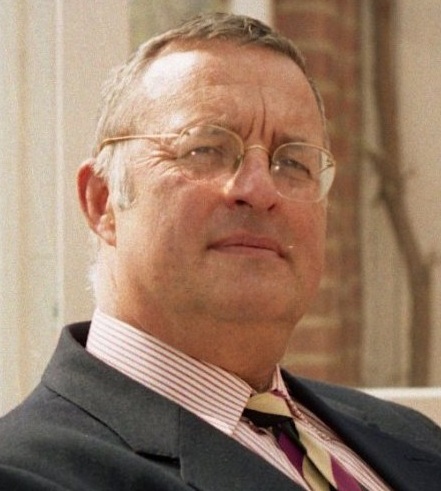Editor's note: These stories initially appeared on www.koi-hai.com. They were collated by Roy Church. They have been edited and revised for this website.

Roy Church worked in Assam tea estates over 1959-67, after three years in the British Army. He is married and his eldest son was born at Panitola Central Hospital, Dibrugarh in 1965. For the last 20 years he has travelled extensively in the Central Himalaya leading groups of friends.
1962 War Background
Anyone who has travelled in the higher areas of the Central Himalaya will appreciate that just where the boundary is between India and China/Tibet has been a problem for many years.
Historically The Great Game revolved around moving or defending boundaries dependant on the relative strengths and subsequent threats of hostility between Britain, Russia, Tibet, China and, to some extent, Persia. For much of the boundary with India, while there were occasional border posts at well-frequented passes, only a very small length of the border was actually marked.
In such circumstances, in 1914, McMahon of the Survey of India was instructed to undertake to survey and mark where he considered the boundary should be. Despite a long history of offers and negotiations between the various parties, total agreement was not, unsurprisingly, ever reached, and, despite the huge effort, the McMahon Line was largely ignored.